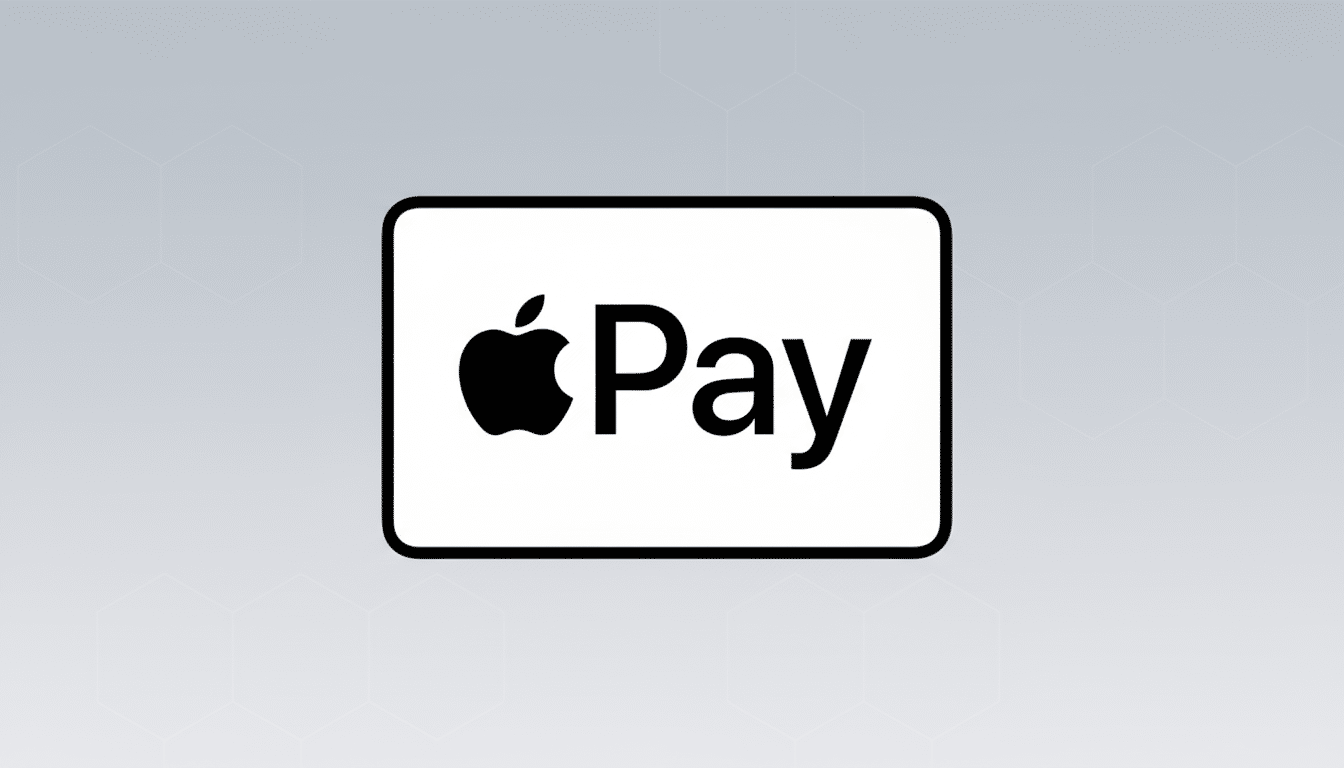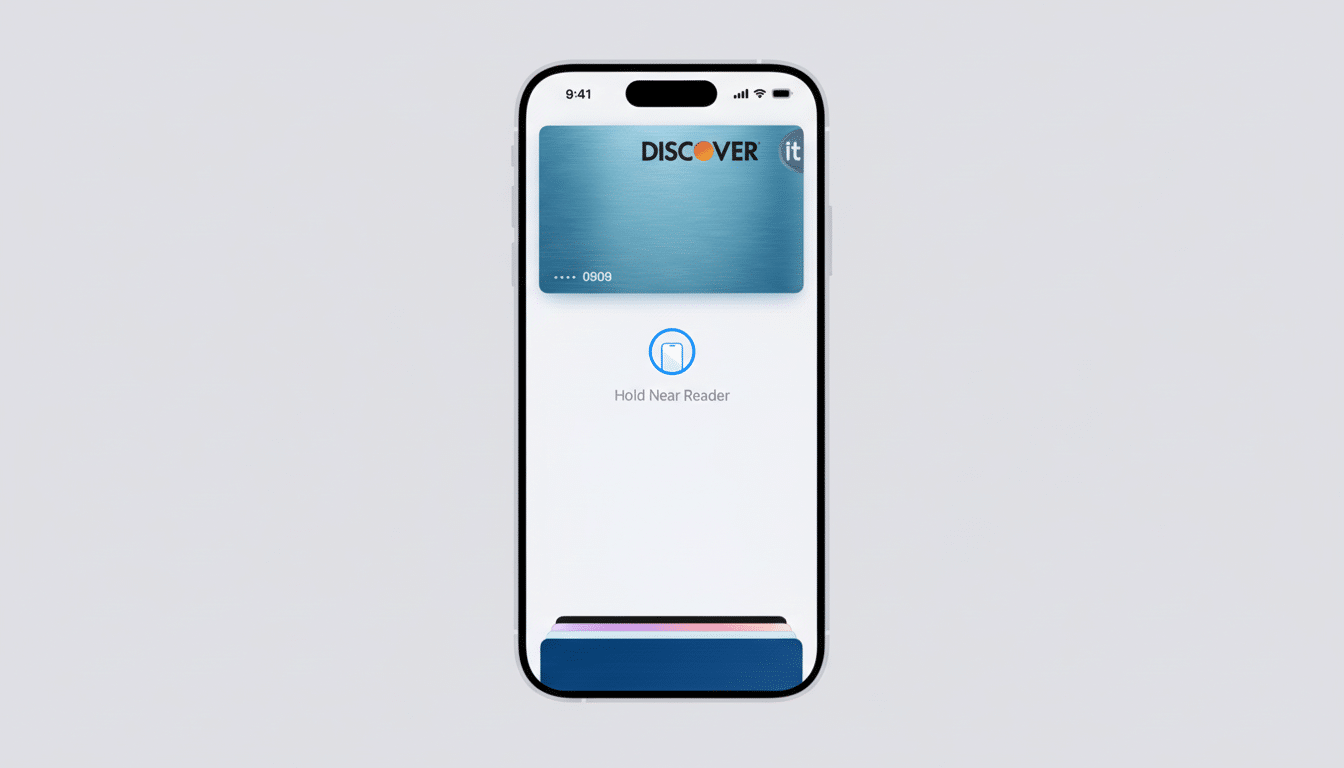Buy now, pay later is no longer a novelty at checkout. Credit has become everyday credit, ranging from fashion and gadgets all the way to groceries and gas — which is precisely what makes economists nervous. As volumes of buy now, pay later rise and late payments soar, regulators, lenders and investors are waking up to the same issue: an increasing pool of largely invisible debt lying with consumers who can least absorb shocks.
Now Shop Your Everyday Essentials on Installments
It estimates that 91.5 million people in the United States have tried BNPL. About 25 percent of consumers financed groceries, and 42 percent paid at least one bill late this year, up from 39 percent a year ago and compared with just over a third in each of the last two years, according to LendingTree. No, that’s not discretionary splurging — it’s household budgeting on installment plans, a sign of spreading financial straits.

Frictionless checkout works into the appeal. BNPL is integrated with Apple Pay and Google Pay, approved in seconds and increasingly accessible in-store. Almost 2.8 million people now carry its debit card, Affirm says, turning everyday swipes into installment plans. Last year, PayPal facilitated 33 billion in BNPL spending and posted ~20% annual growth. What started as a conversion apparatus for merchants has become de facto short-term credit for everyday life.
Invisible Debt and Blind Expectations in BNPL
It’s not the size of BNPL balances that poses the greatest risk; rather, it is the opacity. Most BNPL loans do not automatically report to credit bureaus, forming what the Consumer Financial Protection Bureau has referred to as a visibility gap. In market-monitoring orders it issued to large providers, the CFPB identified that about 63% of borrowers arranged for multiple concurrent loans in a year and 33% borrowed from more than one BNPL lender. Roughly 20% of heavy users took out more than one loan a month, and the average number of new loans per borrower jumped from 8.5 to 9.5 over the last year.
And who it is that’s being approved also makes a difference. As of the CFPB’s most recent comprehensive data, almost two-thirds of BNPL applicants had lower credit scores and subprime or deep subprime borrowers were approved 78% of the time. In the absence of complete sharing among providers and bureaus, underwriting is essentially flying blind. Lenders can’t see a borrower who’s juggling five installment plans, either — and neither can other creditors.
The Federal Reserve Bank of Richmond has sounded the alarm on spillovers: BNPL payments are small and highly salient, and so borrowers may prioritize them over bigger obligations that then take a hit to default. That’s because clean BNPL histories can obscure increasing stress in credit cards, auto loans or student loans.
Rules in Fluctuation as States Step In to Regulate
The data gap has also widened as policy has fluctuated. The CFPB began to lay out a framework in which BNPL would become subject to credit card-like protections under the Truth in Lending Act, such as standardized disclosures and refund rules, then indicated that it wouldn’t be focusing on enforcement — but not before revoking several interpretive policies. The agency also released research that showcased high repayment rates among first-time users, a rosy view that fits awkwardly alongside the tardy-payment statistics for the broader pool of users.
As federal guidance wobbled, states have stepped in. New York’s Department of Financial Services has recently moved to require BNPL licensing, but a haphazard approach may open the door to arbitrage by savvy actors. Without standardized reporting and ability-to-repay verification, consumers and creditors will continue to operate in the dark.

Wall Street and Big Tech Are Baking In BNPL
BNPL is becoming financial plumbing. With processors such as Adyen, JPMorgan Payments and Stripe, installment varieties are illuminating millions of merchant checkouts with very little friction. Klarna has had a bank license in Europe for years; Affirm’s card brings installments to brick-and-mortar. These products are stringy and scale quickly.
Securitization is accelerating, too. Elliott Advisors bought a multibillion-dollar portfolio of Klarna loans in the U.K.; KKR agreed to acquire as much as $44 billion of BNPL receivables from PayPal; Affirm has issued about $12 billion in asset-backed securities. It’s not 2008 — the balance sheets are smaller, the maturities shorter, but slicing and selling opaque consumer debt can misprice risk when the underlying credit is hard to see.
B2B BNPL Is the Next Risk Frontier for Credit
The consumer wave is already lapping into business payments. Trade payables between U.S. businesses amount to approximately $4.9 trillion, according to data cited by The Economist — about four times the size of the U.S. card market. B2B BNPL companies like Hokodo say that access to installments increases small-business spending by ~40%. All of that is great for sales — and it’s a powerful accelerator of leverage building elsewhere off bank balance sheets.
Warning Lights to Watch as Consumer Stress Mounts
Macro stress is increasing at the edges. The unemployment rate continues to increase to 4.3 percent. The end of the student-loan payment pause is already biting, with some 5.3 million borrowers in default and another 4.3 million in late-stage delinquency, according to the Congressional Research Service. Those pressures lead directly to short-term credit behavior, such as BNPL.
Three changes would significantly reduce risk without destroying the model.
- Standardized reporting of BNPL to credit bureaus — both negative (when people fail to pay) and positive (when they do), so that responsible users can build credit and lenders can see aggregate obligations.
- Foundational ability-to-repay verification establishing consideration for concurrent BNPL plans from other providers.
- Standardized refund and dispute rules so returns don’t ensnare consumers in installment bills for goods they no longer own.
For investors and banks, important characteristics are repeat-usage concentration, transition rates from 30 to 60 to 90 days past due, the proportion of loans in subprime cohorts, securitization spreads and any increase in external delinquency among active BNPL users. If those lines start bending in the wrong direction, the consequences that spread beyond financial markets and employment prospects and corporate results — the spillovers highlighted by the Richmond Fed — could materialize swiftly.
BNPL has brought actual value: clear payment schedules, no revolving interest and access for thin-file borrowers. But growth into necessities, increasing late payers and securitized funding pipelines are a combustible combination. The product isn’t going away; the question is still whether policymakers and providers respond quickly enough to make it sustainable before hidden risks leap out of the shadows.

